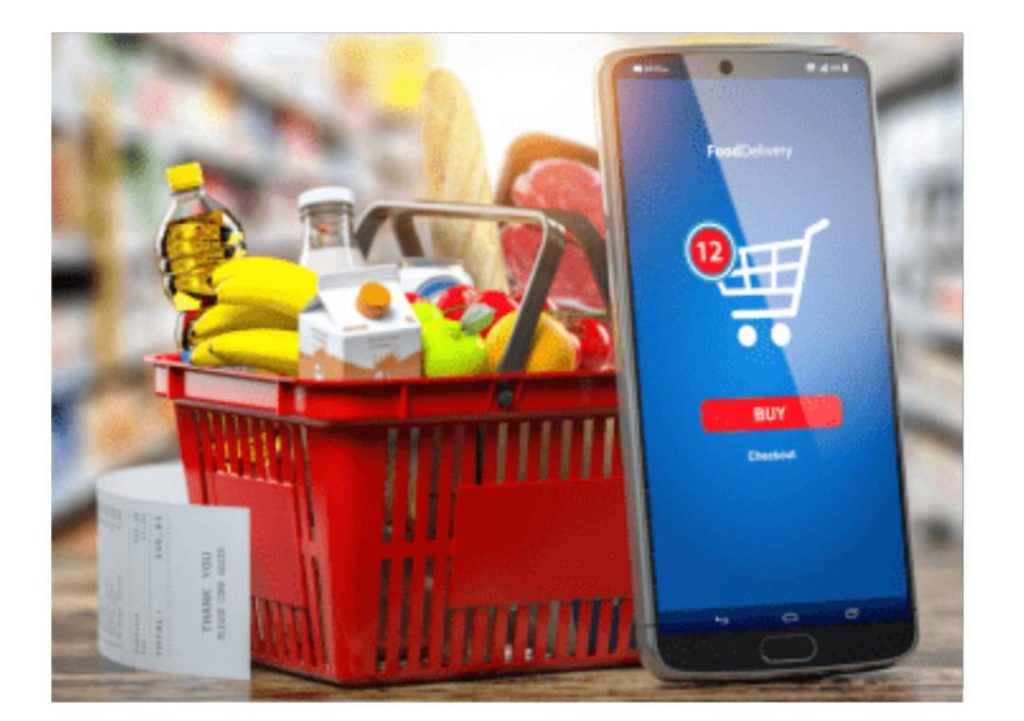
What’s Holding Back Hyperlocal Delivery?
The rise of hyperlocal delivery has been a game-changer for businesses and consumers alike. With the ability to receive fresh, high-quality products and meals at their doorstep, customers are spoiled for choice. However, behind the scenes, hyperlocal delivery companies face a multitude of challenges that can hinder their growth and success. In this blog post, we’ll explore the common obstacles that hyperlocal delivery businesses encounter and provide actionable tips on how to overcome them.
Increasing Competition
One of the primary challenges facing hyperlocal delivery companies is the increasing competition in the market. With more and more businesses entering the space, it can be difficult to differentiate yourself and stand out from the crowd. To combat this, businesses can focus on offering unique services that set them apart from the competition. This could be anything from offering specialized meal options for specific dietary needs to providing exceptional customer service.
For example, a hyperlocal delivery company could offer a “meal of the month” subscription service, where customers receive a new and exciting meal every month. This not only keeps customers engaged but also generates recurring revenue. Another option is to partner with local businesses to offer exclusive deals and promotions, which can help drive sales and attract new customers.
Fleet Management Complexities
Managing a fleet of drivers and vehicles can be a logistical nightmare, especially for hyperlocal delivery companies that operate in multiple locations. To simplify fleet management, businesses can consider outsourcing logistics to a third-party provider. This can help streamline operations, reduce costs, and improve efficiency.
In addition, implementing a scheduling app can help drivers stay organized and ensure that deliveries are made on time. These apps can also provide real-time updates to customers, keeping them informed about the status of their delivery.
Irregular Operations
Hyperlocal delivery companies often operate on irregular schedules, which can make it challenging to manage inventory, staff, and resources. To overcome this, businesses can implement a flexible scheduling system that allows them to adjust to changing demand and unexpected setbacks.
For example, a hyperlocal delivery company could use a dynamic pricing system that adjusts prices based on demand. This can help offset the costs of irregular operations and ensure that the business remains profitable.
Marketing Hurdles
Finally, hyperlocal delivery businesses often struggle to effectively market their services and reach new customers. To overcome this, businesses can adopt cost-effective marketing strategies that target their local audience.
For example, a hyperlocal delivery company could use social media to promote their services and engage with customers. They could also partner with local businesses to offer joint promotions and discounts, which can help drive sales and attract new customers.
Conclusion
Hyperlocal delivery is a growing industry, but it’s not without its challenges. By understanding the common obstacles that businesses face, entrepreneurs and marketers can develop strategies to overcome them and drive growth and success.
By offering unique services, outsourcing logistics, using scheduling apps, and adopting cost-effective marketing strategies, hyperlocal delivery companies can overcome the challenges of increasing competition, fleet management complexities, irregular operations, and marketing hurdles.
News Source:






